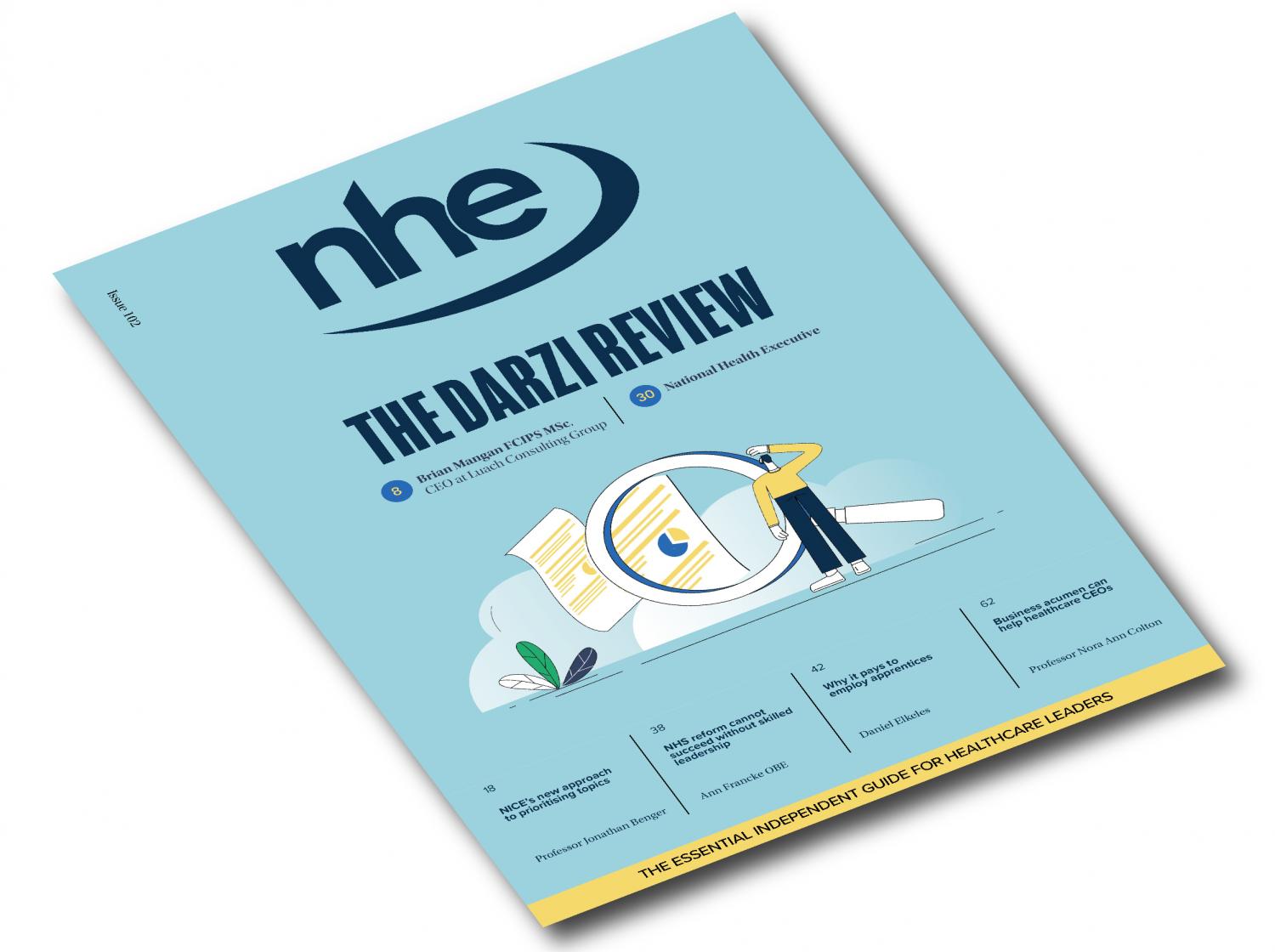The healthcare workforce is set for a boost as Health Education England (HEE) publishes its new strategy to ensure the NHS has enough educators supporting the next generation of health professionals.
The new plan details seven key pillars that HEE say will give the health sector the requisite quality and quantity of educators needed to enable growth and development in the workforce.
Those seven priorities include:
- Ensuring educators are a key consideration in integrated workforce and service planning;
- Protecting educators’ time and resources to help Integrated Care Board workforce plans;
- Implementing career frameworks for all educators;
- Supporting the development and wellbeing of educators;
- Catalysing improvement via defined standards and principles;
- Boosting equality, diversity and inclusion by promoting the NHS aspirations;
- Harnessing the potential of new education models.
This is just the latest in a series of recent moves from HEE that are supporting the future of the health and care system.
HEE’s Executive Medical Director, Professor Wendy Reid, detailed how her organisation is making sure future patients are well catered for in her exclusive account in the January/February edition of National Health Executive’s online magazine.
On the new strategy, Reid said: “We are grateful for the support we received from educators, healthcare education partners and learners in devising this strategy.
“It is crucial, if we are going to create a sustainable plan for educators, that we have the backing of these groups for the whole education and training system to thrive now and in the future.”
HEE’s Chief Executive, Dr Navina Evans, added: “Ensuring that we have a strategy in place to develop and nurture the next generation of educators is vital.
“Without educators we do not have a future workforce, so as Health Education England transfers into the new NHS England, we will continue to focus on the priorities set out in this strategy, ensuring that we have the capacity and quality of educators the system needs to continue to grow the healthcare workforce now and in the future.”



















